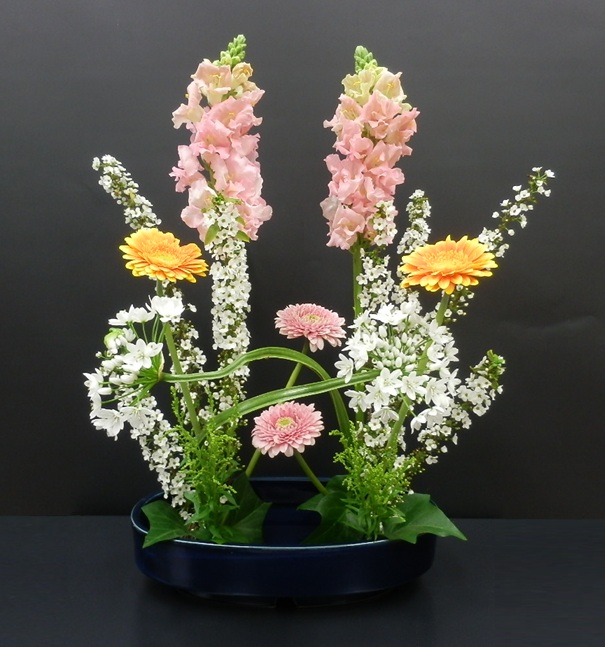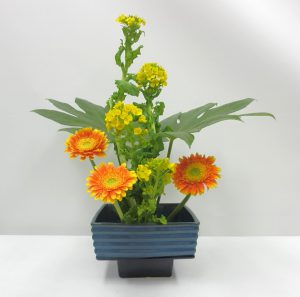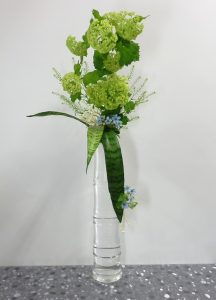Biology and Art - April 2025
Symmetry and Patterns: The Art of Form in Nature
Symmetry and patterns highlight the beauty of flowers, Fibonacci spirals exist in shells, and patterns inspired by geometry are in marine life. Homo sapiens are partially symmetrical. The human right side is almost the same as the left one. However, our head differs from our legs if we make a line around the waist. So, the left and right sides are symmetrical, but the top and bottom are not. Why?
対称性とパターン:自然界における形の芸術
花の美しさを際立たせる対称性とパターン、貝殻に見られるフィボナッチ数列、幾何学からインスピレーションを得たパターンが海洋生物に見られるなど、自然界には対称性とパターンが至る所に見られます。 ホモ・サピエンスも部分的に左右対称です。 右側と左側はほぼ同じです。 しかし、腰のあたりに線を引いてみると、頭部と脚部は異なります。 つまり、左右は対称ですが、上下は対称ではありません。 なぜでしょうか?
[HAIKU]
The rules are simple: 5-7-5, there is no seasonal reference word (a kigo), but your poem must relate to either biology or the topic of the month, and you are writing in English.
ルールは簡単。五・七・五、季語はなくてもよいけれど、生物学かその月の話題に関連した句であること、そして英語で詠むことです。
perfectly mirrored,
leaves reflect on still water,
nature's quiet art
完璧に映し出された、
静かな水面に映る葉、
自然が生み出す静寂の芸術
[IKEBANA]

WORDS TO LEARN
symmetry - 対称性, Fibonacci spirals - フィボナッチ数列, shells - 貝殻, geometry - 幾何学, partially - 部分的に, waist/waistline - ウエスト/ウエストライン


